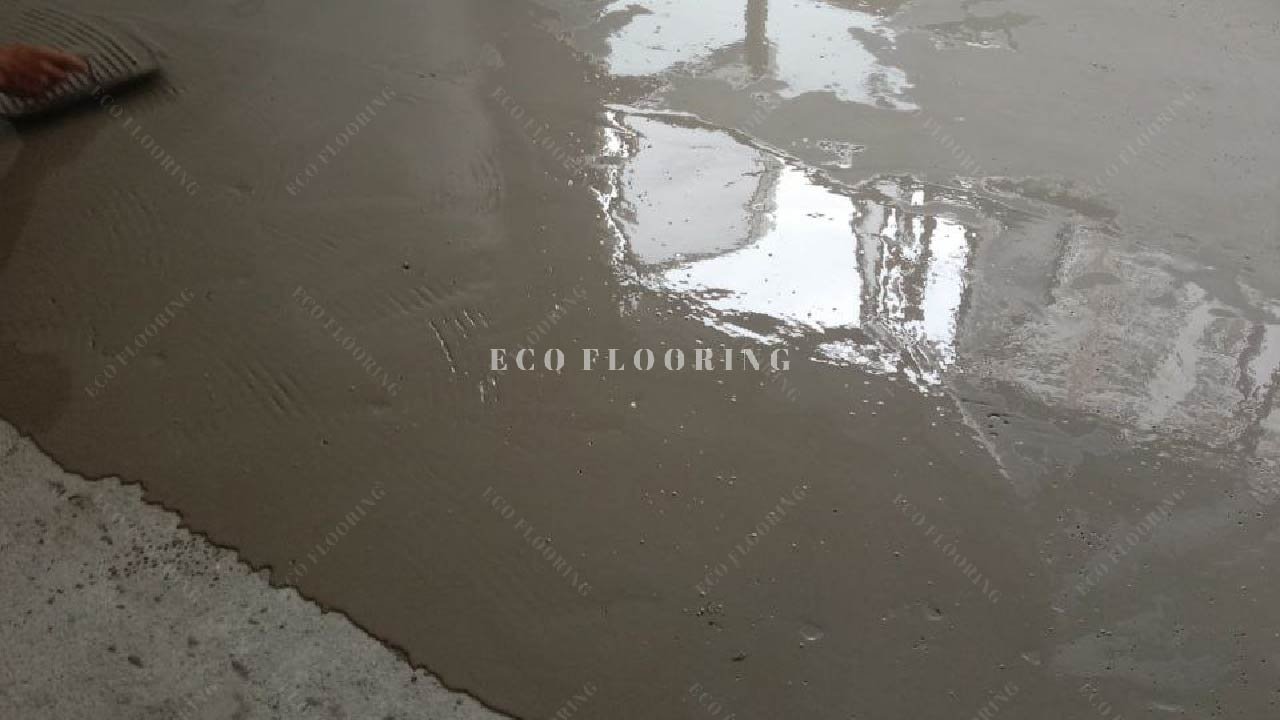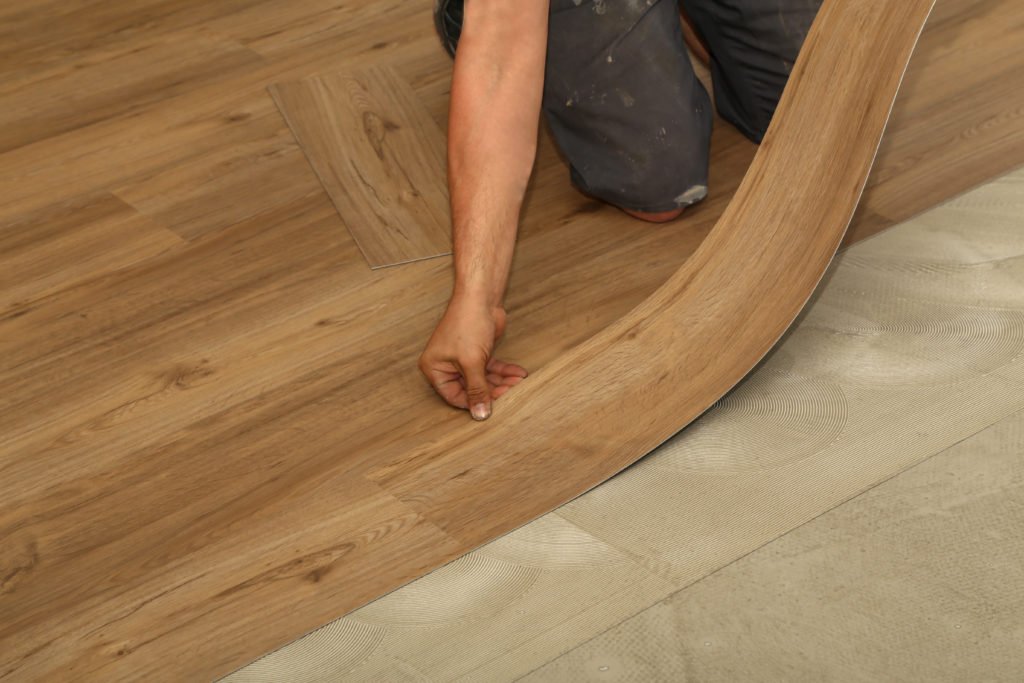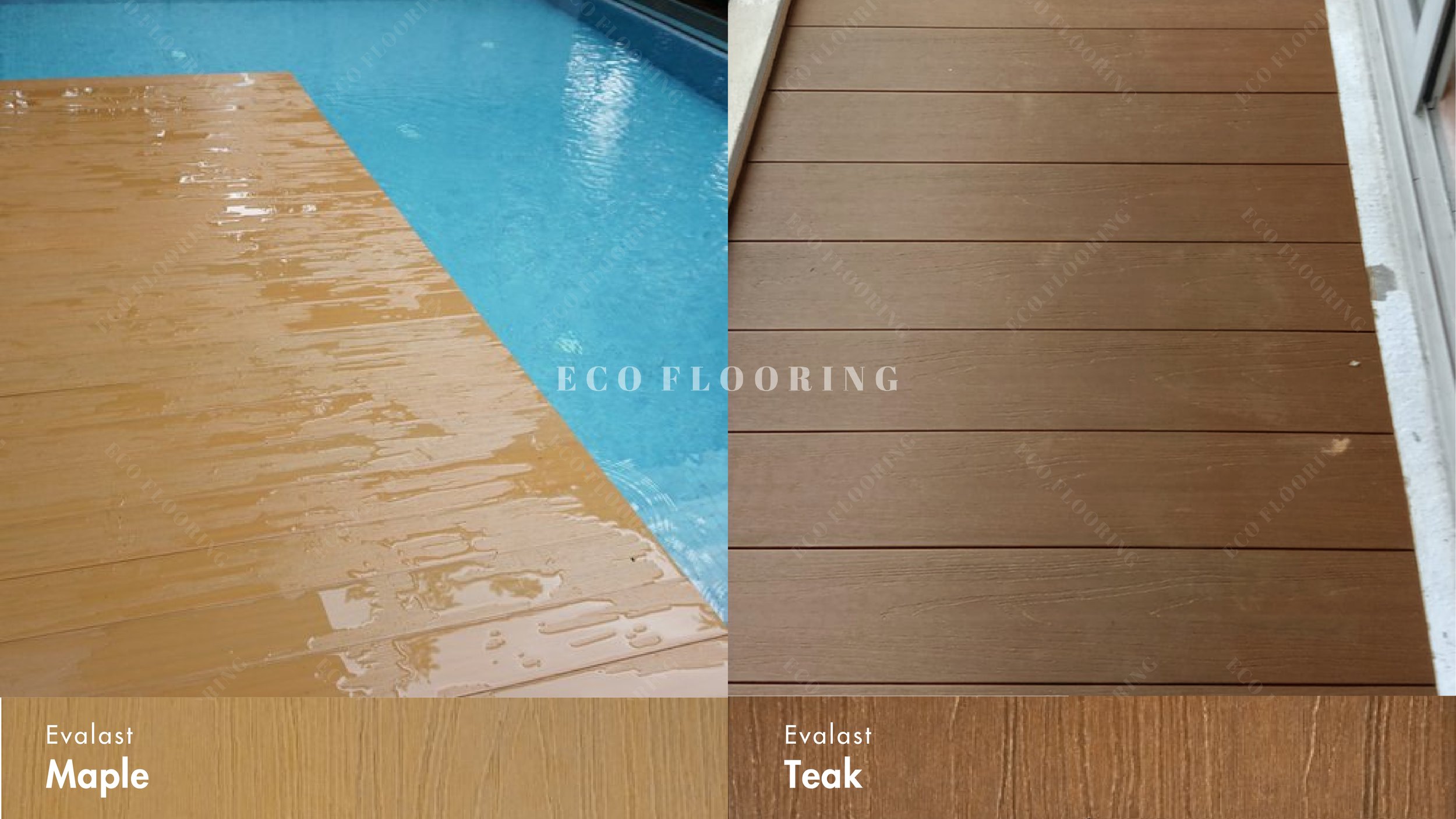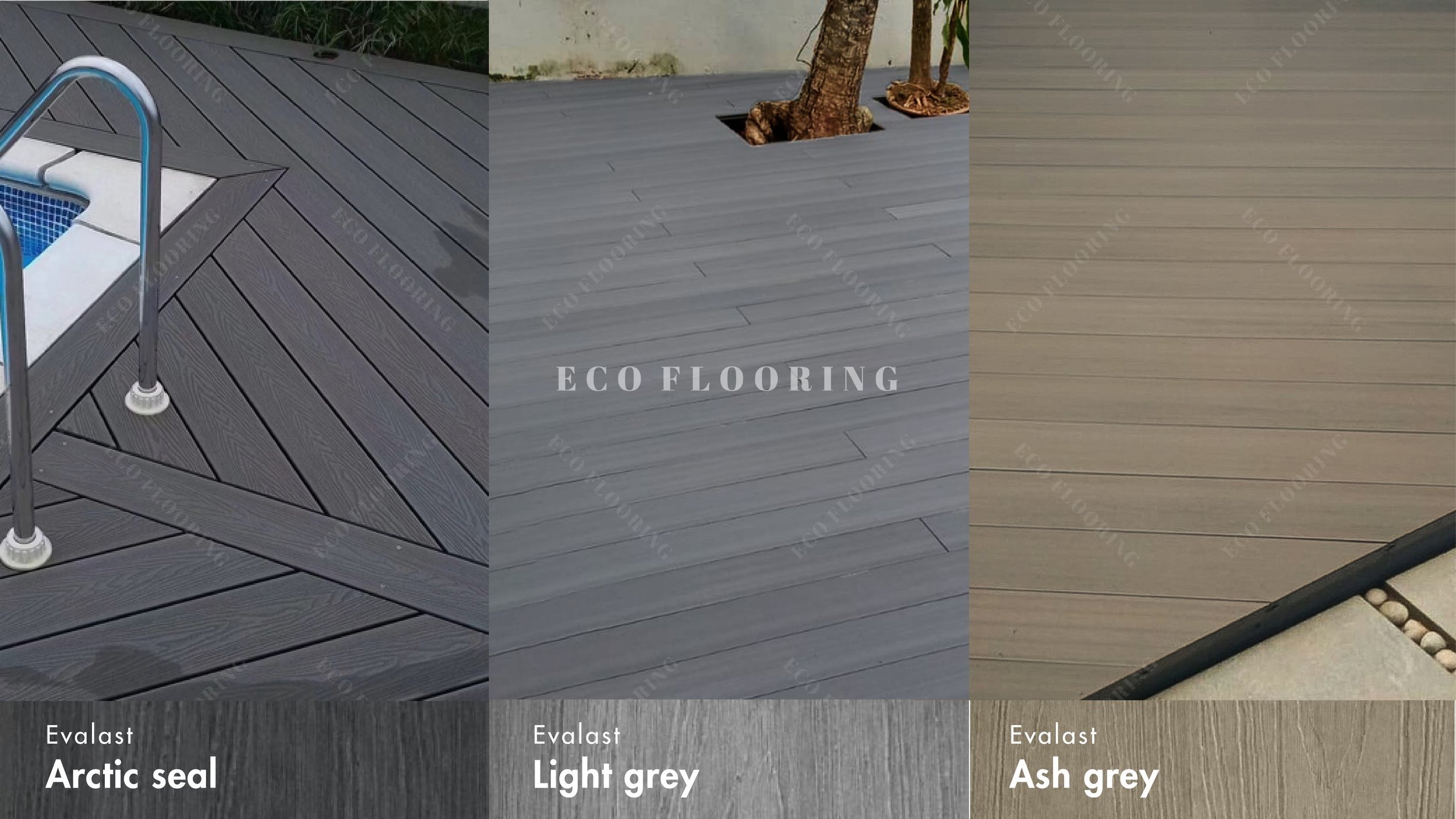When it comes to enhancing the aesthetics of your Singapore HDB (Housing and Development Board) flat, the ceiling is often an overlooked canvas for creativity. Fluted ceiling panels, characterized by their elegant vertical grooves or ridges, have gained popularity in recent years as a means to transform HDB interiors. In this article, we delve into the beauty and versatility of fluted ceiling panels and how they can redefine the ambiance of your HDB home.
The Renaissance of Ceiling Design
Ceilings have long been underappreciated in interior design, but fluted ceiling panels are changing that perception. Originally inspired by classical architecture, these panels introduce a timeless charm to contemporary HDB interiors. The resurgence of fluted design demonstrates a seamless blend of the past and the present, creating a truly unique aesthetic.
Contemporary Elegance with Fluted Panels
Fluted panels offer a contemporary elegance that complements modern HDB interiors exceptionally well. Their clean lines and geometric precision align perfectly with minimalist and sleek design styles. The result is an interior that exudes sophistication and serenity. Fluted panels bring a sense of order and harmony, making your HDB flat feel more spacious and refined.
Texture and Dimension
One of the most captivating aspects of fluted ceiling panels is their ability to introduce texture and dimension. The ridges create visual interest and depth, making your HDB flat appear larger and more dynamic. The interplay of light and shadow on these ridges adds a layer of complexity to the ambiance, making the space feel cozier and more inviting.
Versatile Applications
Fluted ceiling panels are incredibly versatile and can be incorporated into various rooms within your HDB flat. From the living room to the bedroom, dining area to kitchen, these panels have the power to transform the entire look and feel of a space. Whether you opt for a full ceiling treatment or a subtle accent, fluted panels offer design flexibility.
Materials and Finishes
Fluted panels are available in various materials, ranging from traditional plaster and wood to contemporary options like MDF and PVC. Each material has its own set of advantages, allowing you to choose one that suits your preferences and budget. Additionally, you can explore different finishes, from classic white to bold colors, matte to glossy, to match your interior design vision.
Professional Installation for Flawless Results
To achieve flawless and precise results with fluted ceiling panels, professional installation is crucial. This ensures that the ridges align perfectly, creating a seamless and impeccable design that enhances the overall aesthetic of your HDB flat.
Fluted ceiling panels are a design choice that bridges the gap between the classical and the contemporary. Their ability to introduce texture, dimension, and style to an HDB interior is unparalleled. This article equips you with the knowledge and inspiration needed to embrace the elegance of fluted panels while elevating the aesthetics of your Singapore HDB flat to new heights.






















































